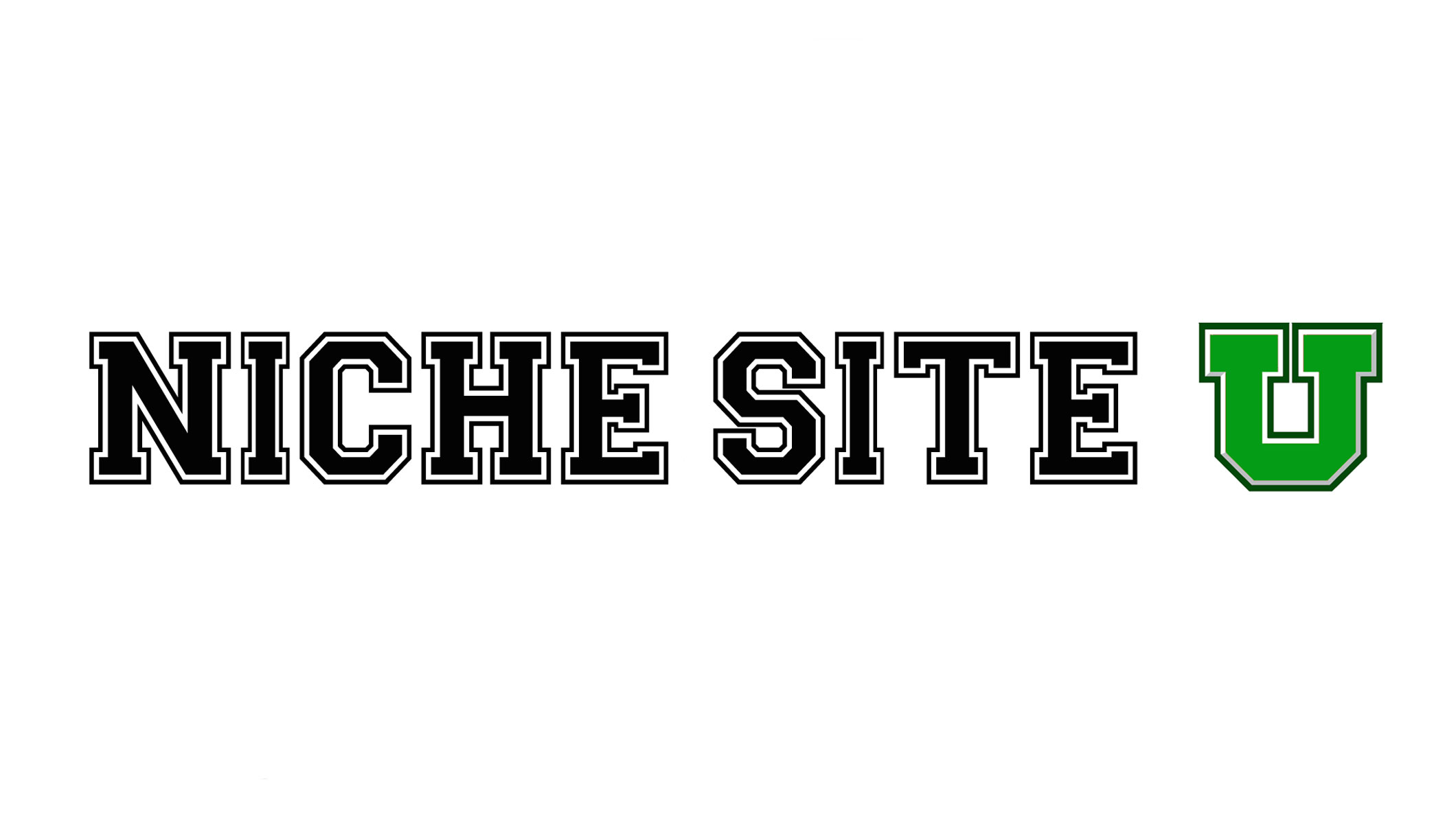
There isn’t any one single hack that will boost your conversions and fix problems like abandoned shopping carts. That’s because the things that drive conversions are unique to every website and every product. When conversions are down, many marketers turn to solutions that promise high conversion rates and guarantee a certain outcome. But the issue of conversions is not so simple that it can be turned into a streamlined, one-move-fixes-all type of situation. However, there are certain things you can do to create a page/website that is hospitable to high conversion rates.
These general issues are things that tend to hold back conversions on any website. While correcting them may not be the one stop cure for suffering conversion rates, it can put you on a step in the right direction.
Poor web design.
A weak web design can and will negatively affect your conversion rate, because it directly impacts the way users interact with your site. Poor web design can be attributed to a lack of aesthetics in color and style, outdated organization or look, over-complicated display features, and any other combination of first-impression factors.
Once a user is on your website, an impression is made within a matter of milliseconds. The aesthetics, as well as the user-friendliness of the page, needs to be on point and consistent. Do your users naturally know how to interact with your site pages? Is there a certain spot their eyes gravitate to? Are you using compelling call to action buttons?
Under-developed product/service.
Sometimes when conversion rates suffer, the issue is really within the product or service you’re trying to push. If all the other factors that weigh into the conversion rate of your unique website seem to be fully optimized and the best they can be, it’s probably time to take a closer look at how the product is doing.
An under-developed product or lack of understanding regarding the audience of that product can hamper high conversion rates. To correct this issue, you have to reassess the foundational questions of: Who is the audience I’m trying to market to? Is my product/service a clear and easily communicated fit for that audience? What piece of the product is a deterrent for consumers?
Lack of security/consumer trust.
Consumer trust is one of the single most important elements factored into high conversion rates. In order for a user to be willing to submit the personal information necessary for conversions, they have to be able to recognize your website as being secure. The slightest sign of fraudulence or error, whether it’s sloppy content or a glitch in the checkout process, can make users doubt your legitimacy.
Fortunately, bolstering consumer trust is a fairly uncomplicated thing to do. First and foremost, make your landing pages, check out processes, and website overall as error-free and polished as possible. Then, to counteract consumer fear of scams and theft, add security /business seals. This will show that your site is verified.
Complicated check-out process.
Having friction in your check out process is a good way to end up with abandoned shopping carts and failed conversions. The end goal should be to have a seamless checkout process that involves as minimal information as possible in as timely a manner as possible.
Slow load time during check out, required fields for unnecessary information (ex: “Company Name”), absent or unclear display of shipping or pricing information, and glitchy form submit buttons can dramatically impact conversions. Go through your check out process the way a user would and test how performance against these conversion deterrents.
It’s important to remember that correcting these issues, while helpful, may not completely fix whatever conversion issues you’re having. Your web strategy and approach to conversions should be comprehensive and facilitate the uniqueness of both your brand and audience.

